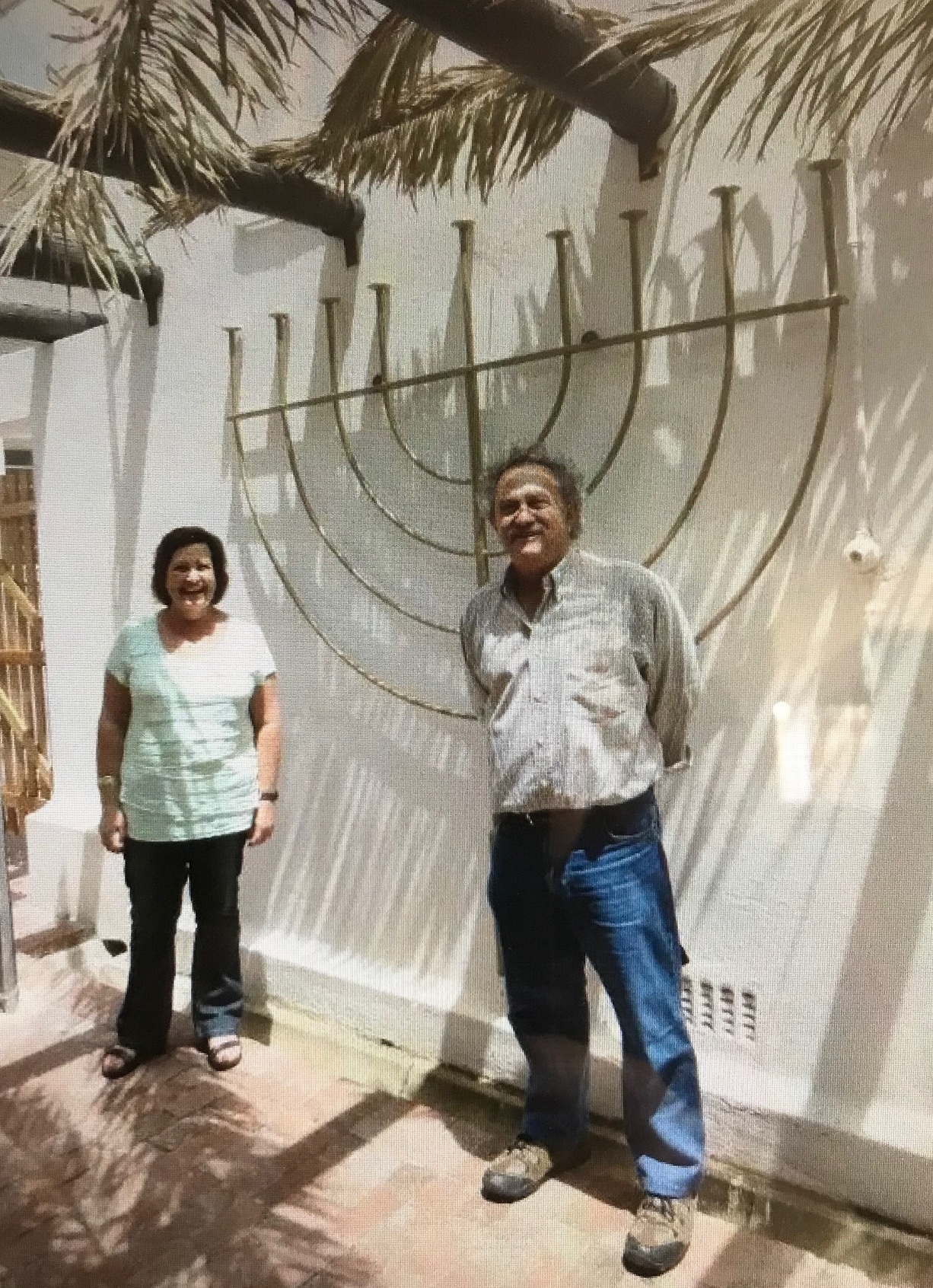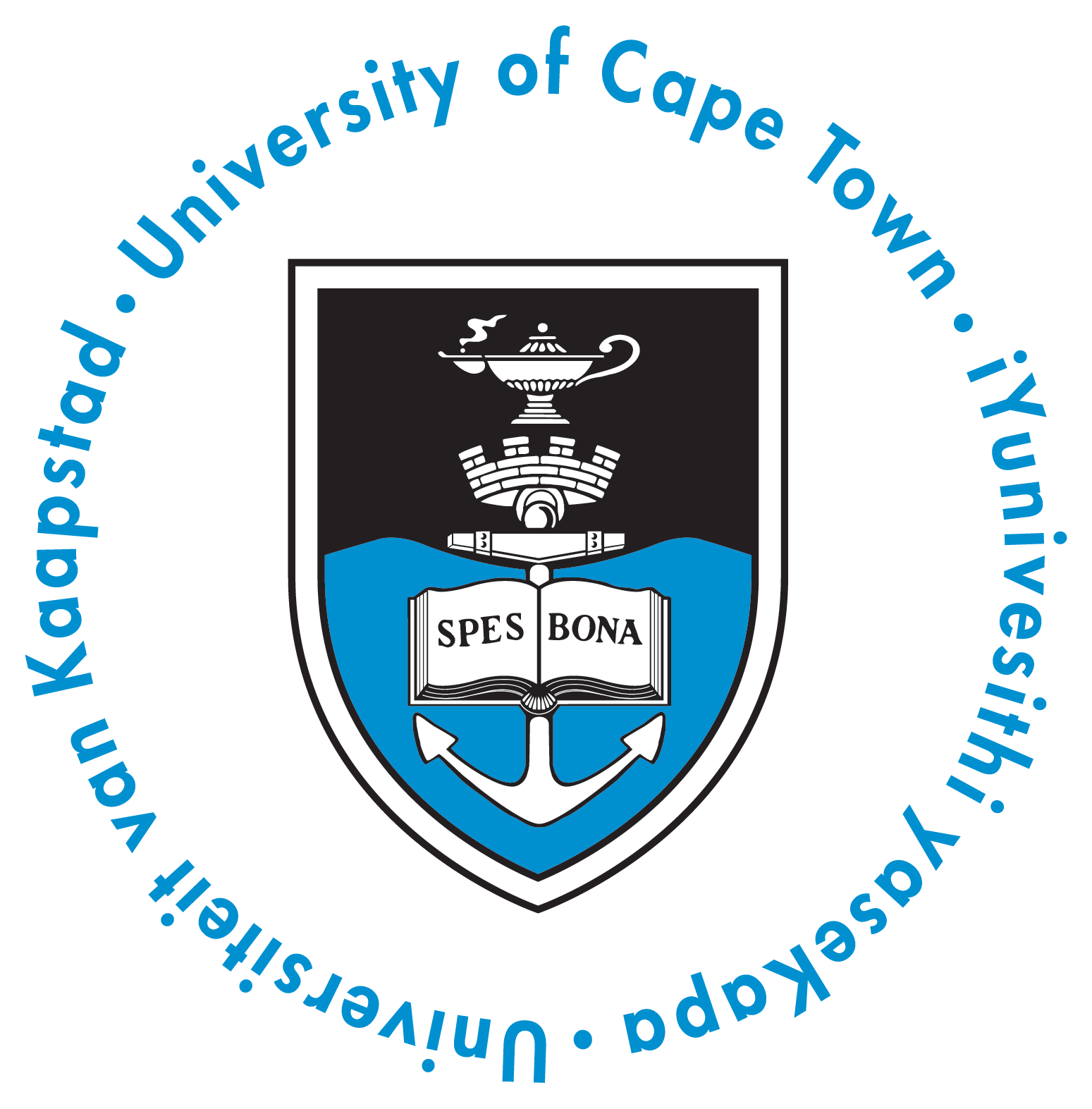Timeline of Jewish life in Stellenbosch

Jews had arrived in Stellenbosch, a thriving town in the fertile wine district of the Western Cape, 50 kilometres (31 miles) east of Cape Town, by the 1890s.
It is the second oldest town in South Africa. It straddles the banks of the Eerste River and nestles under the Drakenstein Mountains. It is known as the City of Oaks (Eikestad in Afrikaans) for the many oak trees planted by its founder, Simon van der Stel (1639–1712), Governor of the Dutch colony at the Cape of Good Hope. There are many fine Cape Dutch gabled buildings and homesteads in the town and on the surrounding wine and fruit farms. It is famous for its Afrikaans university.
In 1900 the Jews in Stellenbosch established a congregation. In 1923, with 23 members involved in trading in the surrounding area, farming and the professions, they laid the foundations for a substantial dedicated shul building. At its zenith in the late 1950s there were some 135 Jewish families in the town and surrounding areas. From the 1970s onwards, with the country-wide move of Jewish youth to the cities for further education and job opportunities and also emigration from South Africa, the community started shrinking quite rapidly. Today in 2023, there is just one Jewish man, Dr Gerry Rosendorff, aged 93, still living in Stellenbosch, plus two Zetler families living outside the town on their strawberry farms. Nevertheless, they hope to have a fine centenary celebration this year (2023).
Read below the timeline of the Stellenbosch Jewish community.
Timeline and landmark events
1891: A contemporary report stated that 'In Cedarland, Calvinia, Prince Albert, Swellendam, Stellenbosch… and similar dorps, there are many well-to-do Jews.'
1900: Congregation formed: On 8 April 1900, the 24 people assembled at the home of David Daitsch for a Torah study session decided to form a congregation. They called it Agudas Achim (Band of Brothers).
1902: A house was hired in Bird Street to serve the growing community. In that year the first Jewish marriage in the town was solemnised, that of Moses Zuckerman and Rebecca Glazer. (Their son Solomon was to become Sir Solly Zuckerman, a famous scientist in Britain.)
1903: The house in Bird Street was consecrated for Jewish worship by the Rev AP Bender of the Cape Town Hebrew Congregation. This served as the spiritual home of the community for 20 years.
1904: A Jewish cemetery was established on land given by the municipality on the slopes of the Papegaaiberg, a hill on the western side of the town. The Chevra Kadisha - the society of holy brothers, who work in burying the dead - was formally established in that year.
1904: Mendel Zetler and his wife, Deborah, arrived in Stellenbosch from Belarus and started trading and growing strawberries. His son Sam and his five grandsons developed this into an international business. The Zetler family would remain pivotal in developing fruit farming and marketing in the area as well as in the management and support of the synagogue.
1920s: The community had grown in size and stature. 23 Jewish families were living in Stellenbosch and many on surrounding farms and villages. They then purchased a prime plot of land in Van Ryneveld Street and raised the funds to build a synagogue. The community also bought the house next door. It had been built in the late 18th century and was originally known as the Callabassenkraal farmhouse. It had survived a huge fire in 1803 but not the new layout of Stellenbosch. When plans for Van Ryneveld Street took shape, the building found itself at a skewed angle to the rest of the street – hence the name ‘Skuinshuis’, or ‘skew house’. Skuinshuis was used for the synagogue minister's house for some years and for cheder classes. Later it was let to outsiders.

1923: Synagogue foundation stone laid: Rev Bender came again in 1923, this time to lay the foundation stone for a fine purpose-built house of worship, the Agudas Achim Synagogue (above).
Civic dignitaries of the town came out to celebrate, including the popular mayor, Charlie Neethling; the Dutch Reformed predikant, the magistrate and the famous Springbok rugby captain Paul Roos, who was headmaster of the Paul Roos Gymnasium. (Many Jewish children attended the gymnasium, including Gerald Potash.)
(Read what these people said about the Jewish community on the occasion of laying the foundation stone on the 'Synagogue' page.)
1925: The synagogue was opened.

1932: A Communal Hall was built in the space between the synagogue on the left and the Skuinshuis on the right. This became the focal point of all Jewish communal life. Many a joyous wedding and Bar Mitzvah was held in that hall (including mine, Gerald Potash).
1940s: A Branch of the Union of Jewish Women of SA was founded and was still active at the millennium. The Union worked for and was of service to all sections of the community, irrespective of race, colour or creed.
1950 to 1972: Rev Isaac Pakter was the minister in Stellenbosch for 22 years, from 1950 to 1972. He helped the community to grow, flourish and reach a membership of, some say, 85 families in the early 1950s. Under his leadership, inter-denominational services were held bringing Jews and Christians together in a spirit of understanding and mutual respect. Theological students frequently attended synagogue services.

1950: The Golden Jubilee of the congregation was celebrated in suitable style under the leadership of Rev Pakter. Honoured guests were Rabbi I Abrahams, Chief Rabbi of Cape Town and Israel Brodie, Chief Rabbi of the UK. The choir of the Gardens Synagogue added their magnificent voices to the service.
1956: Dr Gerald Rosendorff (right) and his wife, Bernice, came to Stellenbosch to join Bennie Spiro’s medical practice. They became stalwarts of the community.
1973: The 50th anniversary of the laying of the foundation stone of the synagogue was celebrated. Rabbi David Lapin was the spiritual leader. At this function the Stellenbosch Jewish community pledged itself to the restoration of the Skuinshuis, which had fallen into disrepair.
1973–1980: Restoration of the Skuinshuis: It took seven years from 1973 to 1980 to achieve this restoration.


1980: On 1 December Lazer (Lossy) Ginsburg, chairman of the congregation for 25 years, unveiled the National Monuments Commission's plaque declaring the restored Skuinshuis (above) a historical monument!
1990s: Now with only 17 members, the congregation undertook the sacred mission of repairing and upgrading the Jewish cemetery and its surrounding grounds. About 151 Jewish names can be found there.
1999: The Jewish congregation, of just 17 families, was able to maintain the synagogue, its cemetery, and make financial donations to numerous charities – because of the income generated by the rental of the hall and the Skuinshuis.
2012: The community was still functioning as a cohesive centre of Yiddishkeit, with an active Union of Jewish Women and Bnoth Zion Association. Although down to a dozen actively participating families, they still managed to hold a service almost every Friday evening and on the High Holy Days.


2013: The New Hall was built. The community – now just twelve families - decided to build a New Synagogue Hall. Beverley Zetler (Jeffrey’s wife, seen at right with Gerald Potash) explained that both the big Communal Hall and their minsters house cum schoolrooms (the Skuinshuis) were rented out on very good terms. They realised that the community still needed a place to gather after services for a brocha or for special occasions.
They had a space at the back of the shul that they had used as a sukkah. Jeffrey Zetler, the long-standing Chairman of the congregation put his shoulder to the wheel and in about three months the old Sukkah was converted into a beautiful modern hall with all the necessary kitchen and bathroom facilities. It can seat about 85 people.
Within the first year or two the New Hall (decorated with this wall hanging created by the women of the community) was used for two weddings and two bar mitzvahs.
2018: A calamity befell the community when Jeffrey Zetler who was the driving force of the community – was brutally murdered at his farm in June 2018. This was a shattering blow to the Zetler family and to the whole community.
2023: Dennis Zetler, Jeffrey’s brother is organising a big event in October 2023 to celebrate 100 years of the Stellenbosch synagogue. Ex-pats from around the world will be involved and hopefully attend.
Timeline of the Stellenbosch community
Compiled by Gerald Potash, Somerset West, South Africa
Edited by Geraldine Auerbach MBE, London, UK
With thanks to Eli Rabinowitz, Perth, Australia and others for information
Formatted and uploaded by Bramie Lenhoff, Delaware, USA
February 2023



